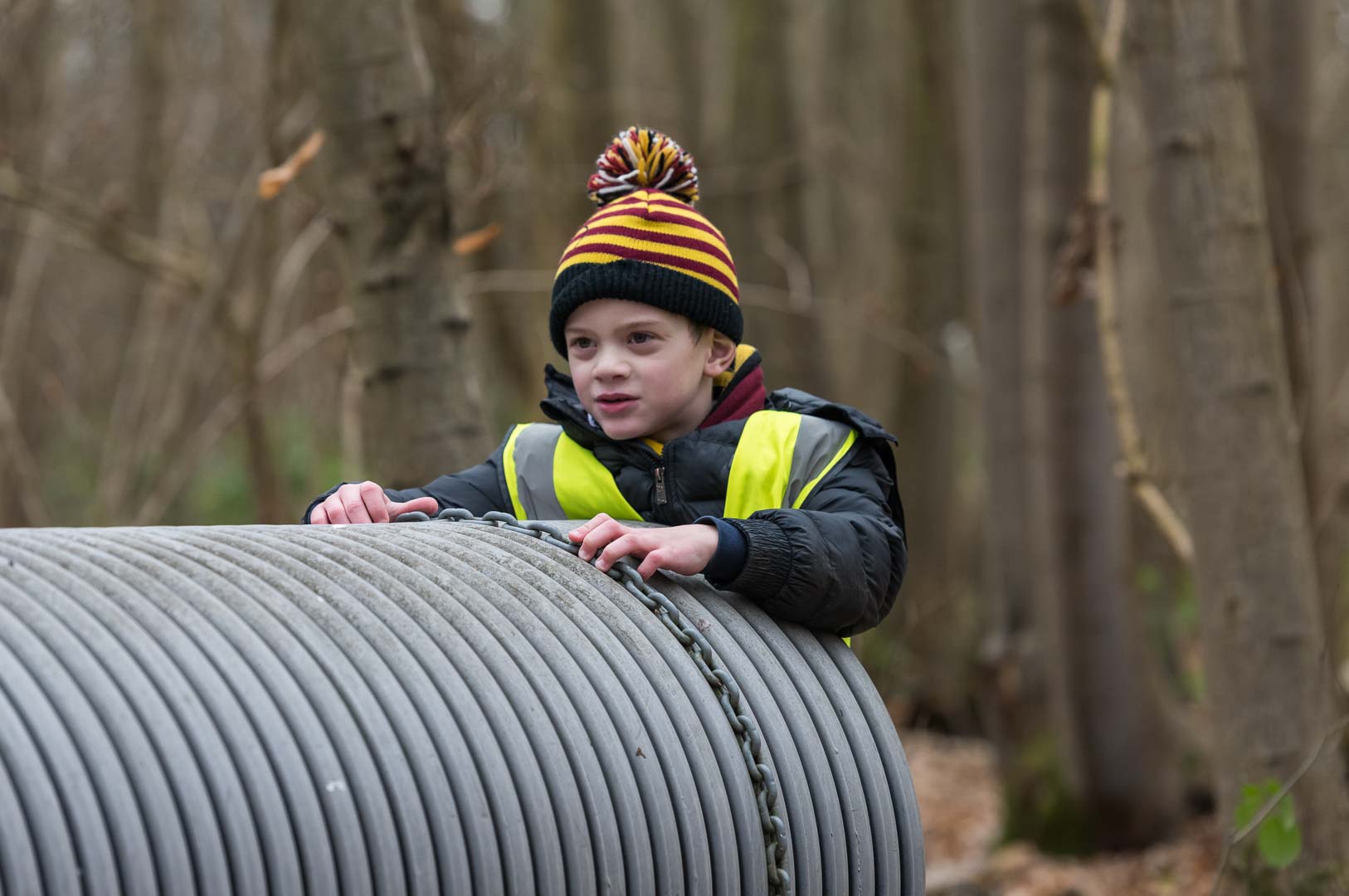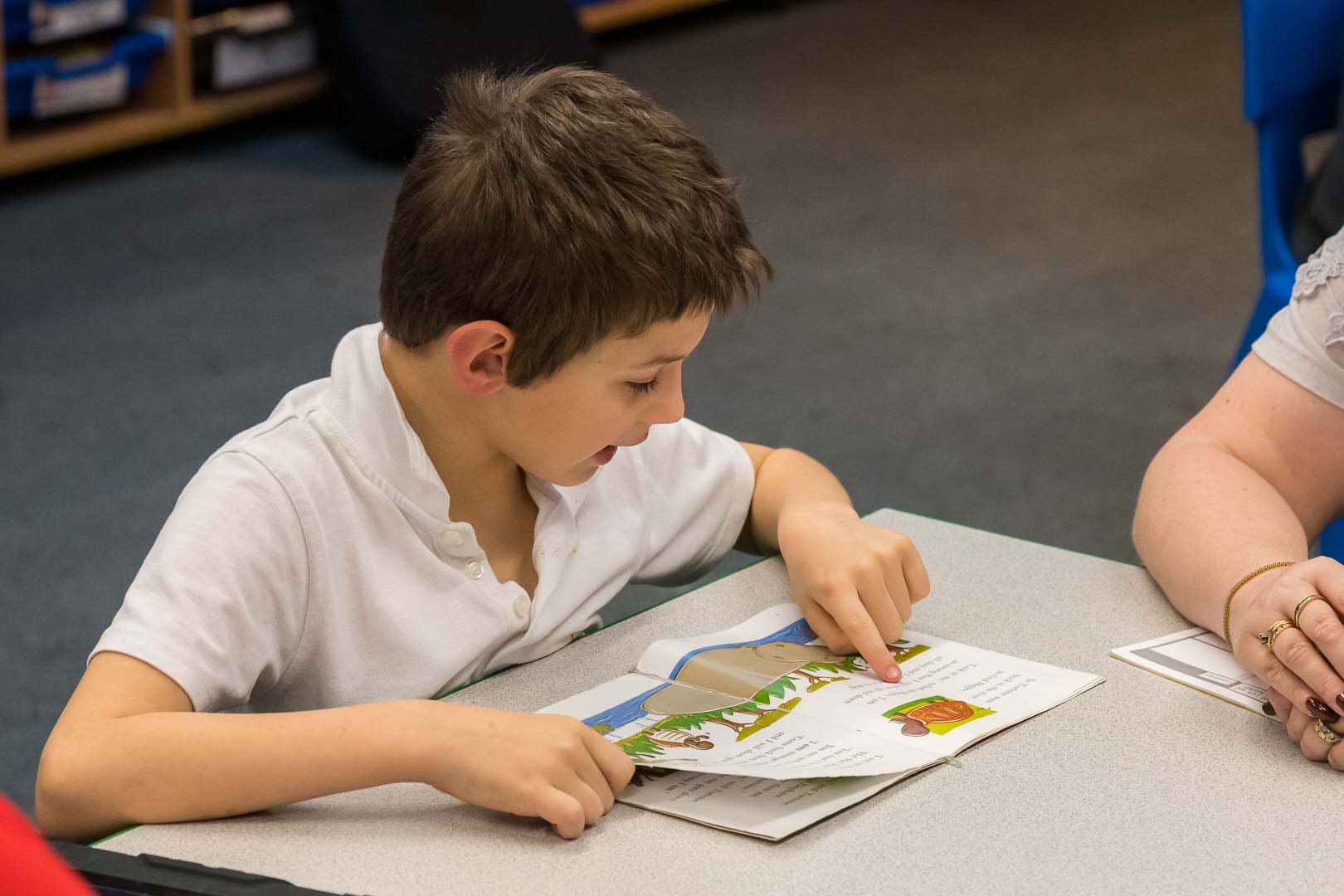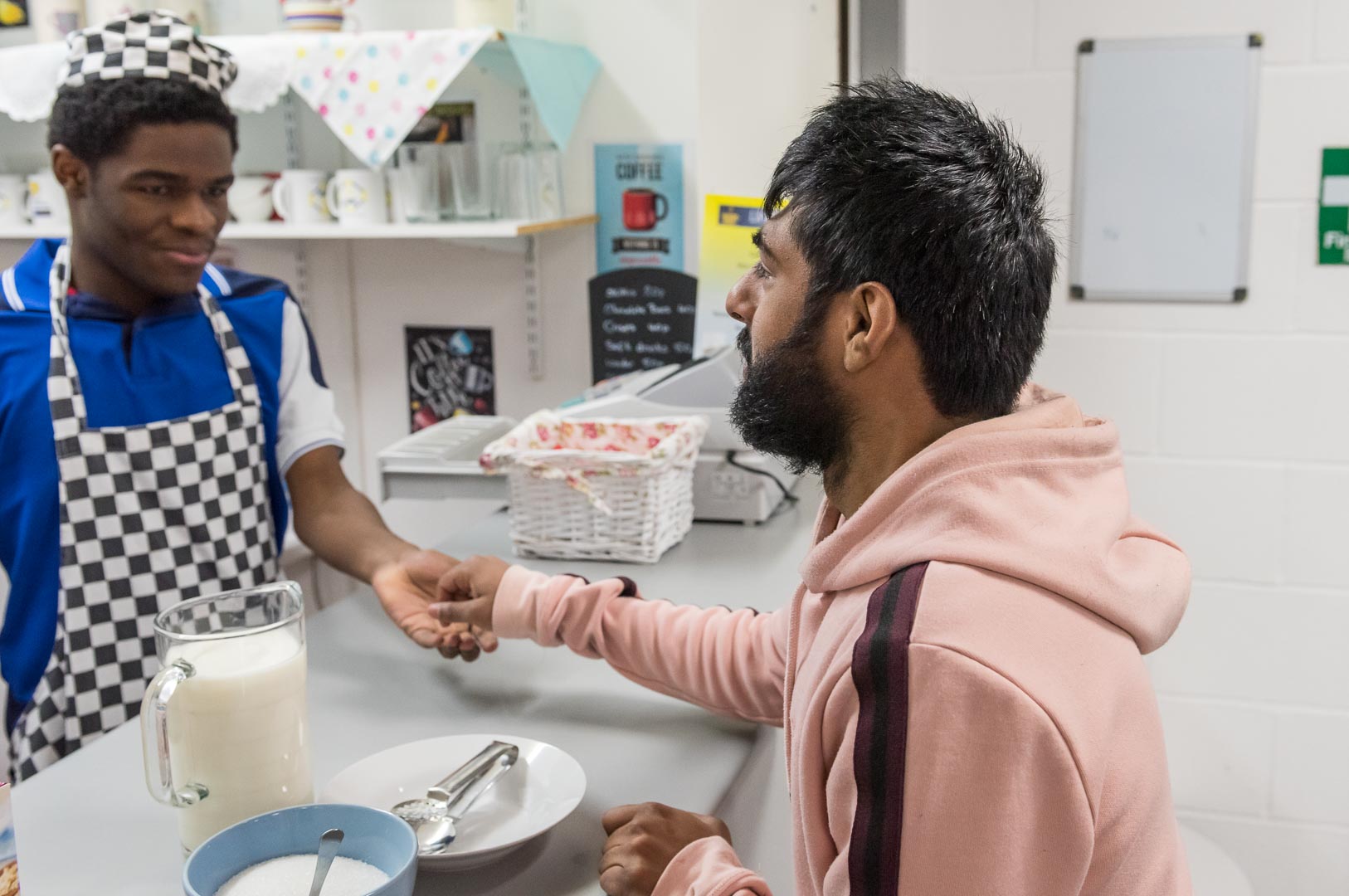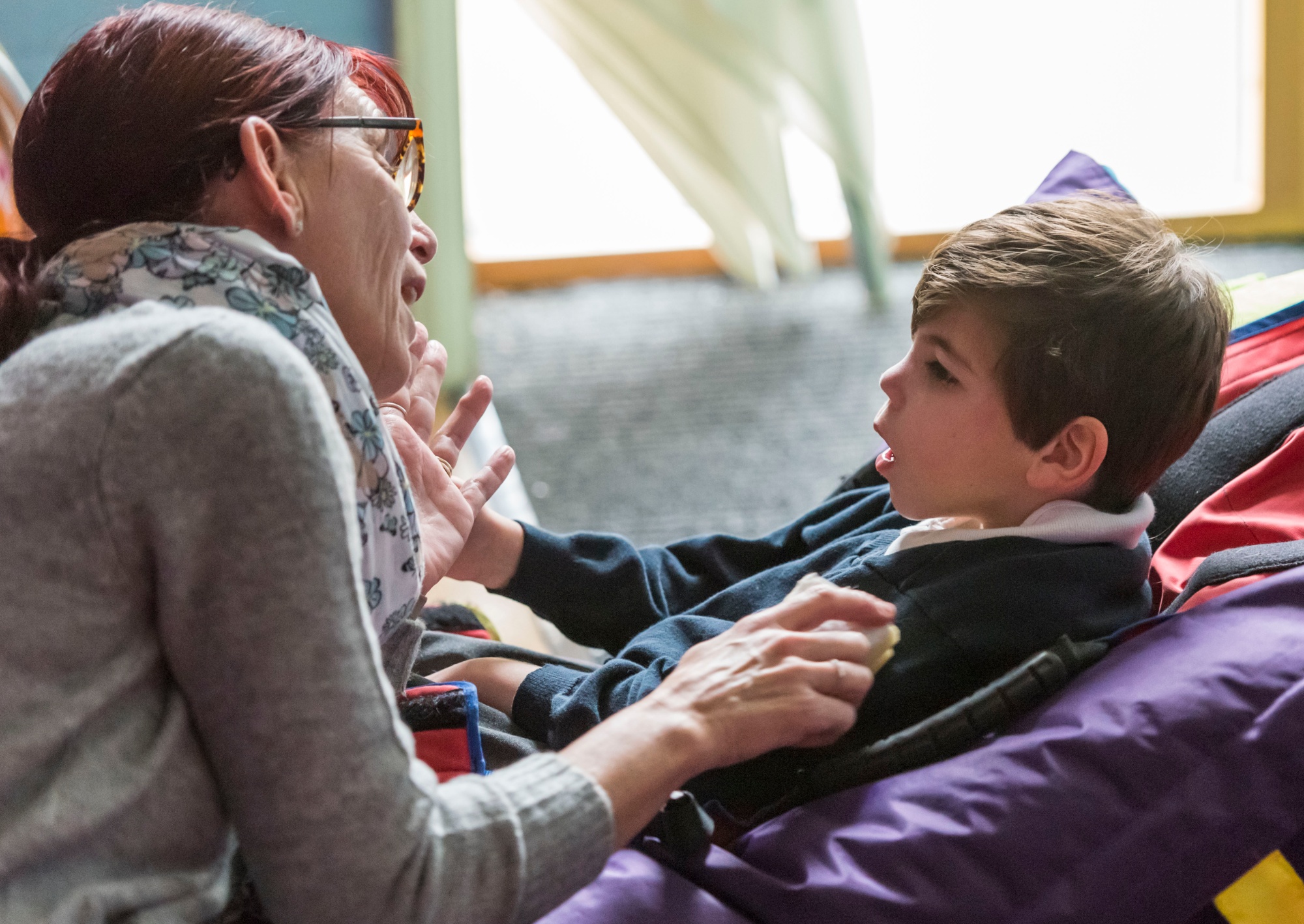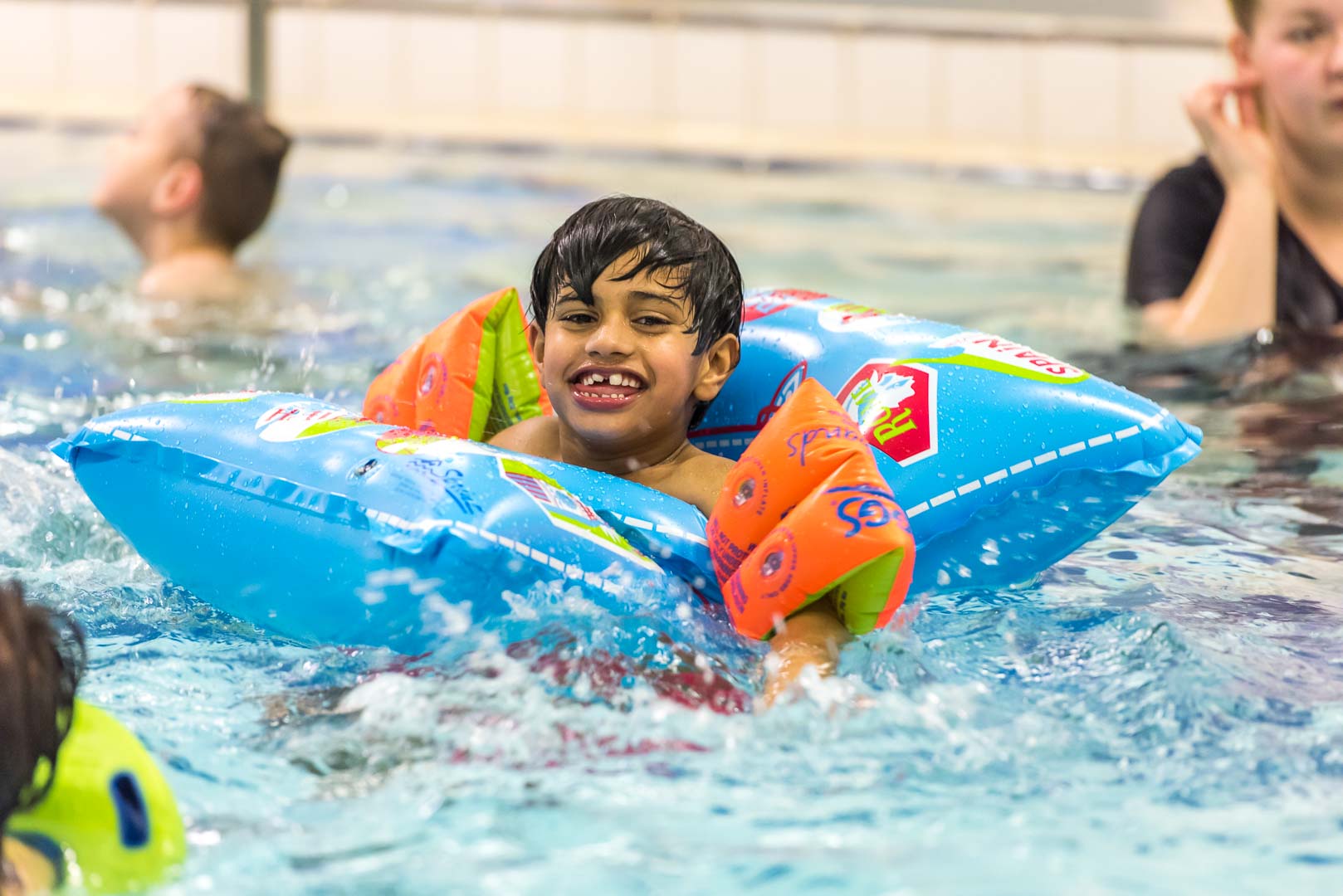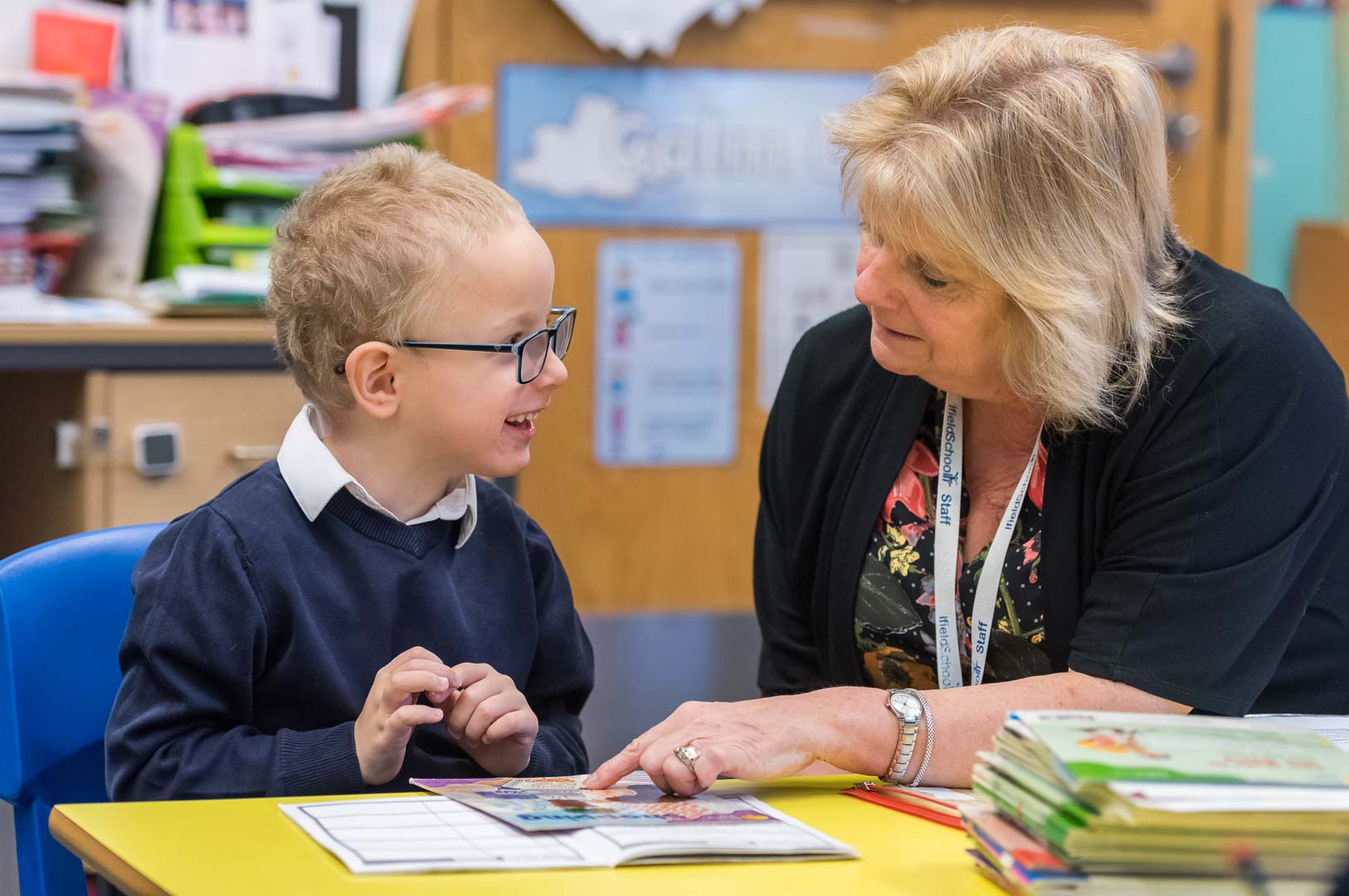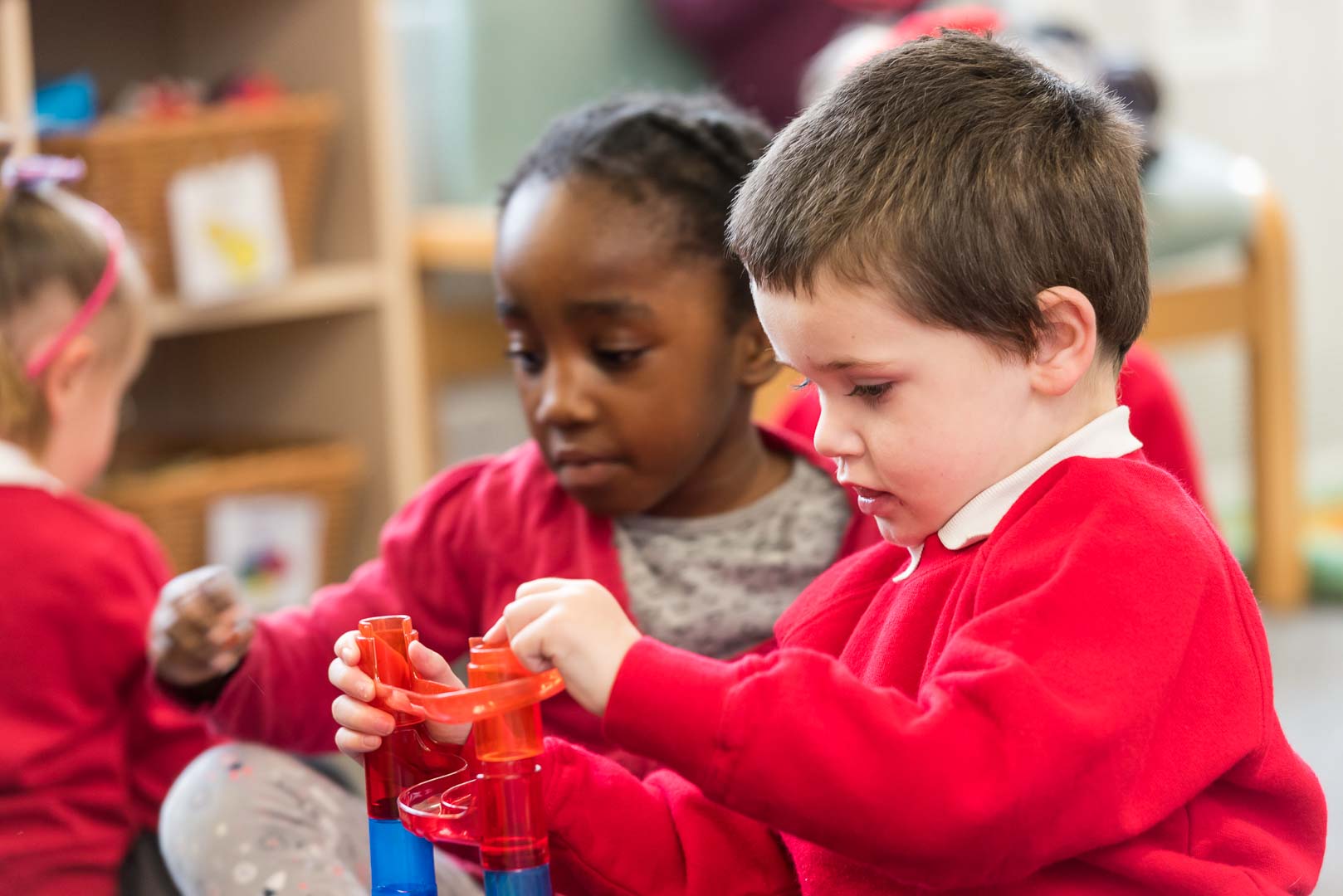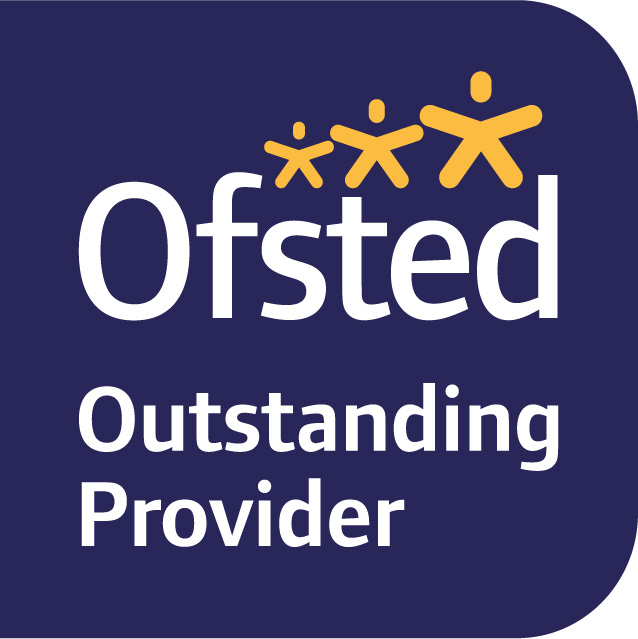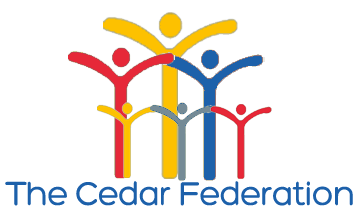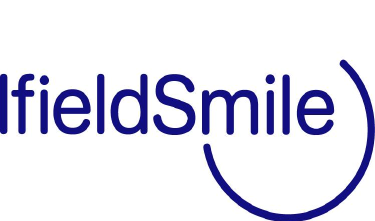Please find below home learning resources:
Maple Class- home Learning 18.1.21
Click on the coloured subject links within the timetable.
|
Monday |
Tuesday |
Wednesday |
Thursday |
Friday |
|
English |
English |
Music |
Geography
|
|
|
Pe |
Maths |
Maths
|
Dance
|
Art/DT |
|
PHSE |
PE enrichment |
Life skills |
DT |
RE |
Choose the work that is appropriate for the ability of your child.
Take photos of your home learning please
Any sheets you complete- make sure you write the date on them and put your name on the back and bring them into school to show us your amazing work 😊
|
Monday |
|
Phonics Phase 1: Play an interactive game: Phonics Play Sound Starter https://www.phonicsplay.co.uk/resources/phase/1/sound-starters Use coloured rice or shaving foam and with an adult try and make the shape to match the sounds t and p while saying the sound tttttt ppppp
Phase 2: Look at the new sounds b 1 letter that make one sound Model this with the word big Have a selection of words with a b at the start big bat ball bill bag beg practice reading them.
Resource- b words
Phase 3: recap the from last week- Today we are looking at the sound ng This is a sound called a digraph this is a sound that is made up from 2 letters Practice saying the sound ng then try and read some words that end with ng Can they say them out loud and write them on paper. ring sing rang thing string
Resource- ng words
Literacy- speaking and listening LO: To be able to write for different purposes. (instructions for how to look after your pet reptile/ tortoise/snake etc) Discuss what this means.
Recap with your child that you used the internet to find out information. Asking some questions about different reptiles and finding out the answers.
Activity: Watch power point about caring for pets – make sure they listen carefully as you will ask questions. Look at some leaflets from the pet shop about caring for animals including reptiles. ( if you can get hold of any or look up some online)
Discuss the things we need to know if we own a pet. What they eat, what they drink, what their bed should be like, what vaccinations they need, vitamin supplements, how warm or cold they need to be, how often they should go to the vet, if they need to be cut, nails trimmed etc
Talk together about what needs to be in the leaflet- adults help by writing down some headings ideas, what do we want it to look like, what should be on the front, what words, what pictures. Handwriting practice Then practice handwriting and letter formation of the words, food, drink, home, habitat, vet- write full name first to practice this too.
Challenge Think and discuss other types of animals – do they all need the same things? Talk to your child about this – relate this to animals they have at home or they know about.
Key questions: Do we always write in the same way? Doe aa story look like a shopping list or a recipe? How do we tell the difference?
PE Go Noodle https://www.youtube.com/watch?v=BQ9q4U2P3igBlazer fresh -banana banana meatball
PSHE LO: To be able to recognise when you feel sad. Discuss what being sad is. Do you think everyone feels sad sometimes? Discuss and write down times when you were sad about something. Are some things sadder than other things? Can we write a list of things to make us feel better when we feel sad. Finally discuss who do we feel in school and at home we can talk to when we feel sad. |
|
Tuesday |
|
Phonics Phase 1: Go on a sound hunt – listening out for sounds inside– how many can you hear and what are they? Point to them and an adult will write them down for you.
Phase 2: recap phase 2 first initial sounds on https://www.youtube.com/watch?v=I0rvUHDZM3g
Phase 3: recap phase 3 reading whole words on https://www.youtube.com/watch?v=jK3tNEVpSNs
Literacy LO: To be able to use lower case and upper case letters in the right place.
Recap what we did yesterday. Today you are going to begin writing your special leaflet about how to care for a pet reptile- but to do this well you need to know how to use capital letters ( upper case ) and lower case letters correctly .Show them an alphabet mat with both types of letters on it. Resources – alphabet mat upper and lower case
Listen to a song about capitals- https://www.youtube.com/watch?v=c3g2gqt2TpA So when you begin writing your special leaflet you need to use capitals at the beginning of your sentences and at the beginning of countries as you may write about them in your leaflet.
Activity: Look at the leaflets on other animals and think how we will help people look after their pet- look at notes from yesterday.
Write title for the leaflet after a discussion, place a picture on the front too, start the first page about what to feed your reptile, then continue on the next pages over the next few days- focusing on capital letters in the right place and full stops at the end of sentences. Resources – use colour reptile pictures from last week’s home learning Handwriting Practice writing capital and lower case letters Challenge Can they write their own sentence with all punctuation correct independently. Key questions: Where do you use capital letters? How do we know when it is the start of a sentence? Does a name, country have start with a capital letter?
Maths- Length LO: To use non-standard units to measure.
Starter -counting forwards and backwards in 10s Ask them how many 1os are there in 20, how many 10s are there in 30 and so on- how many 10s are there in the number 13,24,36
Today we are going to look at a part of maths called measure and the part of measure we are going to look at is Length. TQ- do you know what length means?
Activity: Today we are going to measure some things inside and outside the house using non-standard lengths we could use anything to measure but we can only use one thing at a time. You can choose from 4 things: a piece of lego, a pencil, a toy or a card hand print.
Model how to measure something using one of these. Have different size snakes drawn on the floor outside with chalk for them to measure- if it is raining draw some different size snakes on paper that they have to measure indoors. Have a recording sheet with blanks in that they can either write or draw a picture of what they are measuring. Resource- recording sheet Have a number mat in case they can’t remember how to write the numbers that they have measured. Resource-number mat Have some Cip visuals for them to choose from
Discuss length vocab longer, shorter, this snake is longer that that one… this snake is a little bit smaller than that one etc
Measure large objects using their chosen non- standard units measure them and record them- listen carefully to make sure pupils are using length vocab especially when comparing 2 different objects that they have measured. Model this vocab if it is not being used consistently.
Measure small objects using their chosen non- standard units measure them and record them-- listen carefully to make sure pupils are using length vocab especially when comparing 2 different objects that they have measured. Model this vocab if it is not being used consistently.
Practice writing numbers up to 20 forming the numbers correctly.
Challenge Independently record, draw on table to record their measurements
Key questions: Discuss did they pick the write non -standard unit for the purpose? How accurate was it? Look at someone else’s measurement and compare- what happened do you think? Why do you think rulers and measuring tapes were invented.
PE Enrichment Watch and join in an exercise video on You Tube Look up the most recent Joe Wickes youtube video |
|
Wednesday |
|
Music LO:To sing and dance in time to the beat of the music Watch, sing, dance and play instruments to some songs: As our topic is reptiles – maybe look up some reptile related music and slitherrrrr on the ground and stomp like a slow tortoise.
Maths - Length
LO: To begin to use standard units.
Starter - clapping when counting- recap the different counting they have done- up in 1s 2s and 10s – forwards and backwards.
Recap what we did yesterday when we used non- standard units. Today we are going to use standard units- this means that it will be more accurate. We are going to use rulers and measuring tapes. We are going to measure in cm and metres- there are 100cm in a metre. Watch or show song on measuring using cm and mm Have the resources to show them small ruler, big ruler and measuring tape.
Activity: today we are going to measure things of our choice around the house and outside- we need to think what are most suitable resources to use- small things small ruler- big things bigger item to measure.
Make sure they know where to start from – not beginning of ruler but beginning of measuring scale.
Using a pre drawn table measure items and write the number and the unit in- large things
Using a pre drawn table measure items and write the number and the unit in- small things
Resources- recording table
Challenge With support can they look at mm to measure more exact- show them how this looks when you write it down.
Key questions Is this a better way of measuring? Is it more accurate? Is it could that everyone in the world using the same measuring unit? Why is this?
Life skills LO: To begin to learn how to use the telephone. Show them different phones over the years and how they have changed on line.
Ask who uses a phone at home. Some homes have a home phone and some have mobile phones and some homes have both. Today we are going to learn how to use a phone and talk properly on the phone.
Discuss that two people usually talk on the phone but you can’t both talk at the same time.
Activity: To have a successful conversation on the phone. Adults to model how to do this.
Challenge Speaking and listening – can they have a pretend conversation? Can they tell me some of the things you might say on the phone? Ask their parents to practice talking to relatives on the phone.
Key Questions What happens when we both talk at the same time? How do we know what buttons to press? Can we use home phones and mobile phones? |
|
Thursday |
|
Topic/Geography Look up on the internet where different reptiles come from – make a list of what the reptile is called and what country they live in.
DT/Art LO: To be able to respond to a topic ( using cutting and fixing skills)
Talk about the countries and habitats that lizards live in and select the places on a world map on line. If you have some paints at home paint a suitable background for where lizards live ( desert, rainforest, woodland) after that make your reptiles following the instructions.
Resources :Watch power point or look at paper version on how to make one step by step.
Activity Use the step by guide to make their reptile Differentiated by amount of support given/needed.
Challenge Write a description of a lizard using their phonic knowledge.
Key questions: Where do lizards come from? What colours can lizards be? |
|
Friday |
|
Phonics Look back at the sounds you looked at this week, can you find things in your home that begin with these sounds? Make a list or draw them.
Science
LO: To be able to know about the lifecycle of a reptile.
Look up 1 or 2 different lifecycles of animals All reptiles come from eggs so we are going to look at a reptile lifecycle
Watch a youtube video about the lifecycle of the lizard or turtle.
Activity Today we are going to look at remembering the lifecycle and cutting the right ones out and sticking them in the right place. Some of us are going to draw and write the stages in the right place.
Resources: lifecycle of turtle/ lizard to cut and stick in the right place.
Challenge Try and write a sentence about a reptile lifecycle- say it out loud first to an adult or a friend first. Key questions: What is a lifecycle? Are all lifecycles the same for all animals? Do all animals come from eggs? Art LO: To make a 3D model of a reptile (ongoing project)
Starter Recap what they have done so far or think about what is their favourite reptile.
Activity Child to draw a picture/design a model and label the different parts of the reptile. Include information about the materials needed to make the model.
Children can explore different types of modelling materials eg clay, playdough, paper, Modroc, wire, paper straws etc to help them with their design.
Challenge Make a list of the tools that we will need to make our 3D model.
Key questions Which materials are best to make a 3D model? What is a sketch? Are we going to make it the size of a real model or a smaller scale model?
RE LO: To know about an inspirational people linked to religion
Today we are going to look at a person called Gandhi- he is very famous for being a good and peaceful person and very anti- violence- this means he didn’t hurt people or believe in war.
He was a Hindu which is one of the biggest religions in the world and we have looked at Hinduism before last term when we looked at the festival of Diwali the festival of light. Look at information and video about Gandhi
https://www.bbc.co.uk/bitesize/topics/zjkj382/articles/z4fwy9q Listen carefully and complete the quiz in the right order. Activity Pick a picture of Gandhi and put it in your book and write 2 sentences about Gandhi that you have remembered with support from an adult or independently if you can. Resource: picture of Gandhi and some lines to write sentences on. About him
Challenge: Tell an adult 3 facts that you have learnt about Gandhi today.
|

